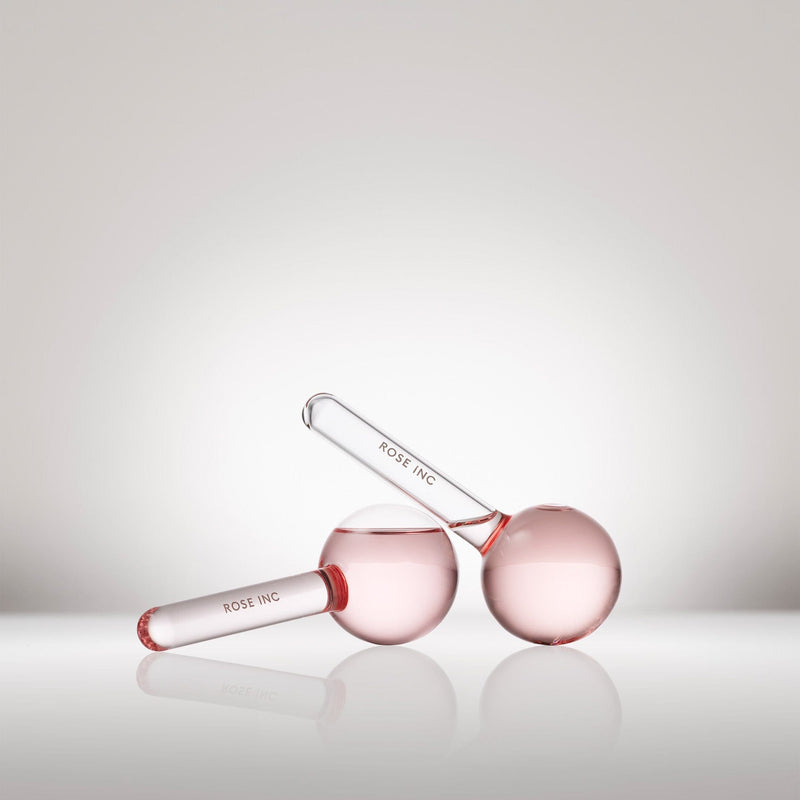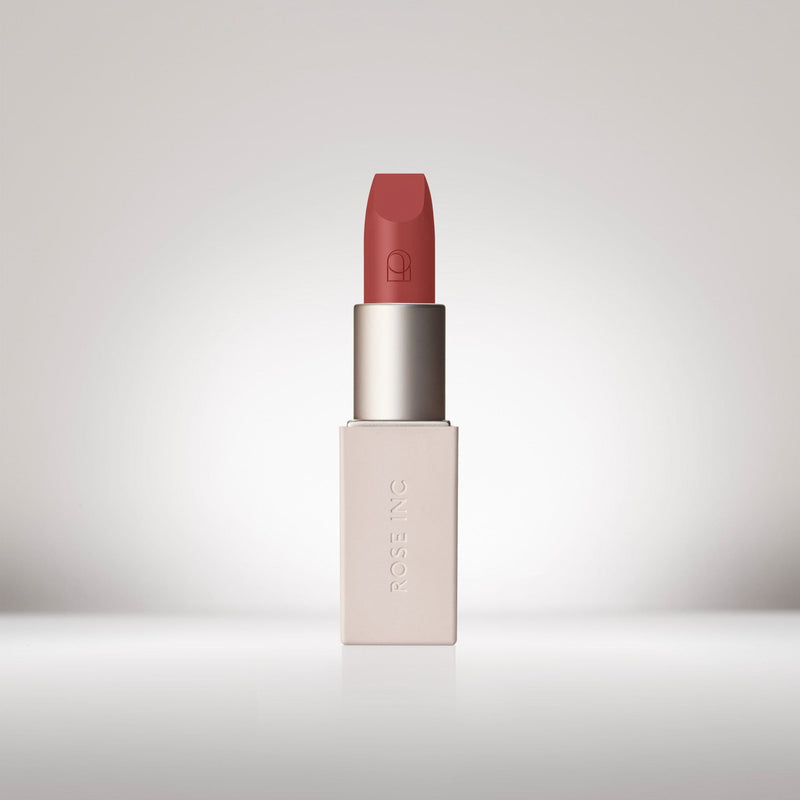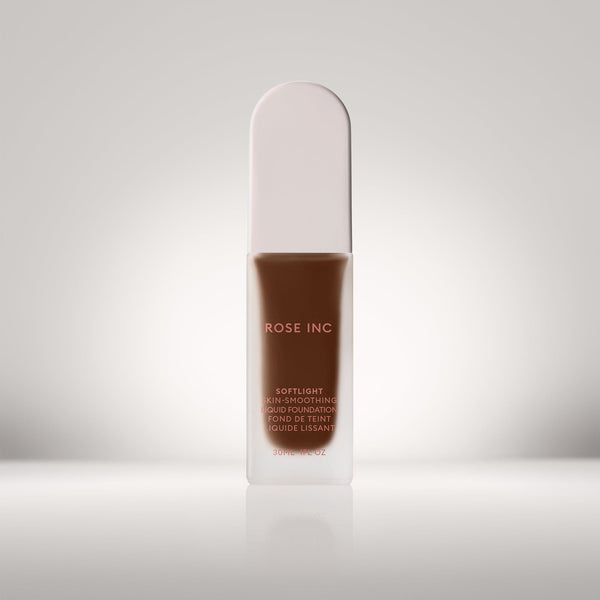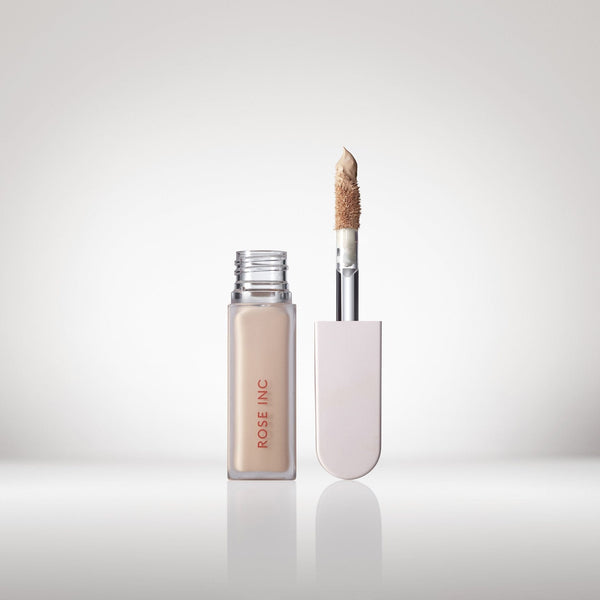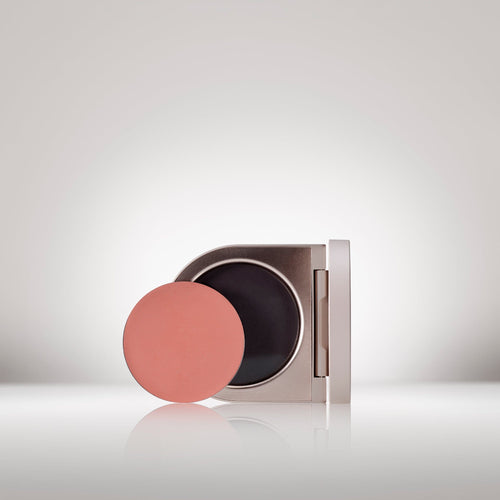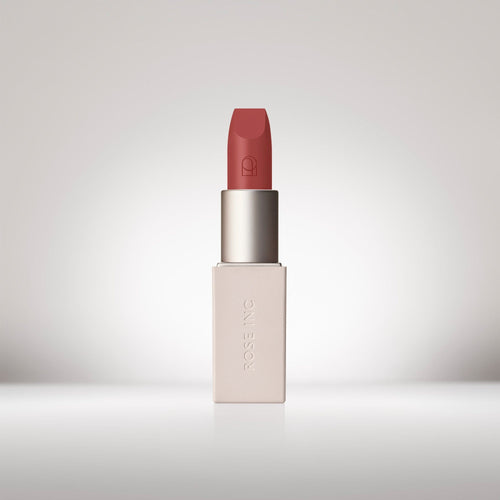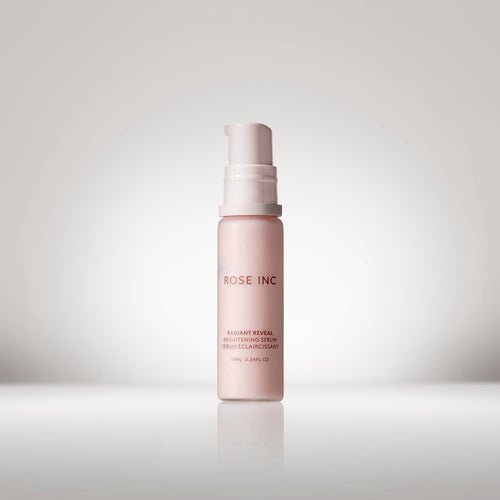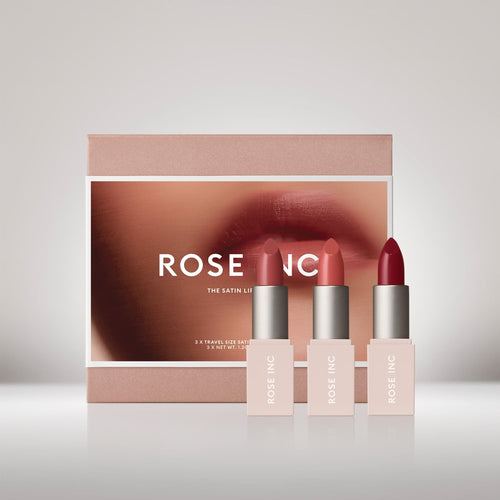Collections
Product Type
Filter
- SHOP
- EXPLORE
Collections
- Body Care
- New
- Bestsellers
- Sets
Product Type
- Makeup
- Skincare
- Brushes/Tools
- Travel
Filter
- By Benefit
-
-
Top Sellers
Shop all
About US
- OUR STORY
- INGREDIENTS
- SUSTAINABILITY
- RECYCLING GUIDE
Editorial
- New
- Profile
- Education
- Tutorial
- RHW SHORTLIST
Search By Category
Popular Searches
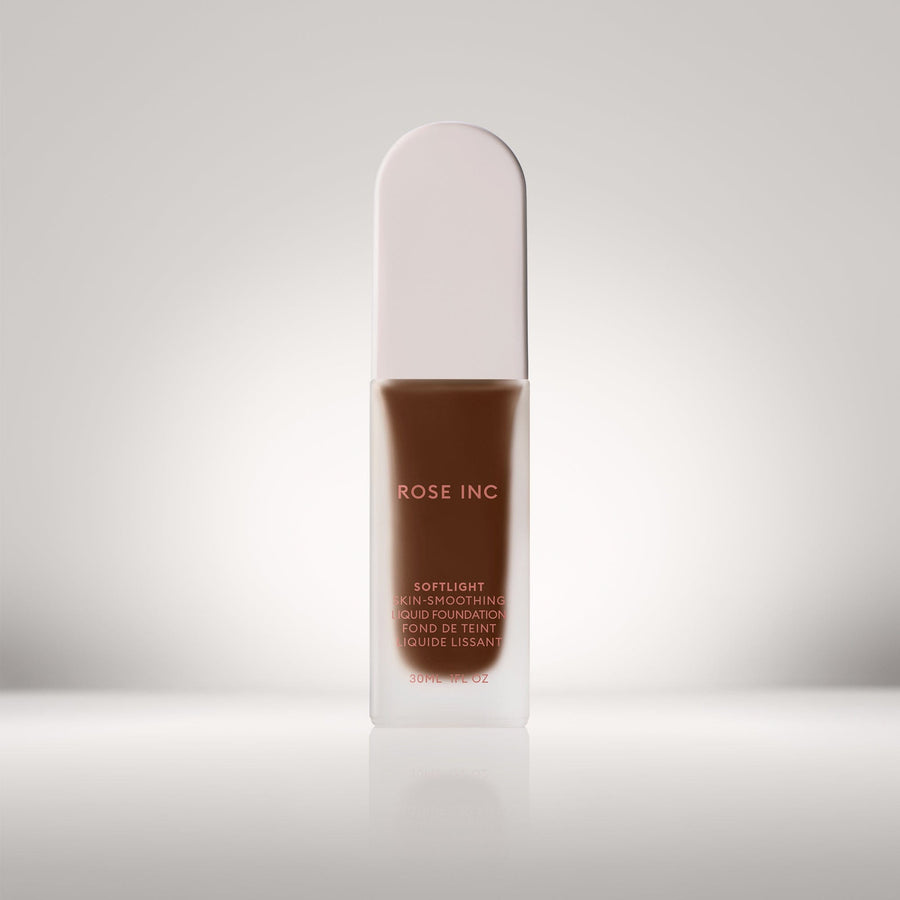
31N
Deep with Neutral Undertone
30W
Deep with Warm Red Undertone
29N
Deep with Neutral Red Undertone
28W
Deep with Warm Golden Undertone
27C
Deep with Cool Red Undertone
26N
Deep with Cool Red Undertone
25W
Deep with Warm Golden Undertone
24W
Medium-Deep with Warm Olive Undertone
23C
Medium-Deep with Cool Pink Undertone
22N
Medium-Deep with Neutral Undertone
21W
Medium-Deep with Neutral Undertone
20N
Medium-Deep with Neutral Golden Undertone
19N
Medium-Deep with Neutral Undertone
18W
Medium-Deep with Warm Golden Undertone
17C
Medium with Cool Pink Undertone
16W
Medium with Warm Olive Undertone
15N
Medium with Neutral Golden Undertone
14W
Medium with Warm Peach Undertone
13N
Medium with Neutral Undertone
12C
Medium with Cool Neutral Undertone
11W
Medium with Warm Golden Undertone
10N
Light-Medium with Neutral Olive Undertone
9W
Light-Medium with Warm Peach Undertone
8N
Light with Neutral Undertone
7C
Light with Cool Pink Undertone
6W
Light with Warm Golden Undertone
5N
Light with Neutral Undertone
4W
Light with Warm Golden Undertone
3N
Fair with Neutral Undertone
2N
Fair with Neutral Olive Undertone
1C
Fair with Cool Pink Undertone
31N
Deep with Neutral Undertone
Softlight Skin-Smoothing Liquid Foundation
Medium Coverage, brightening, balancing

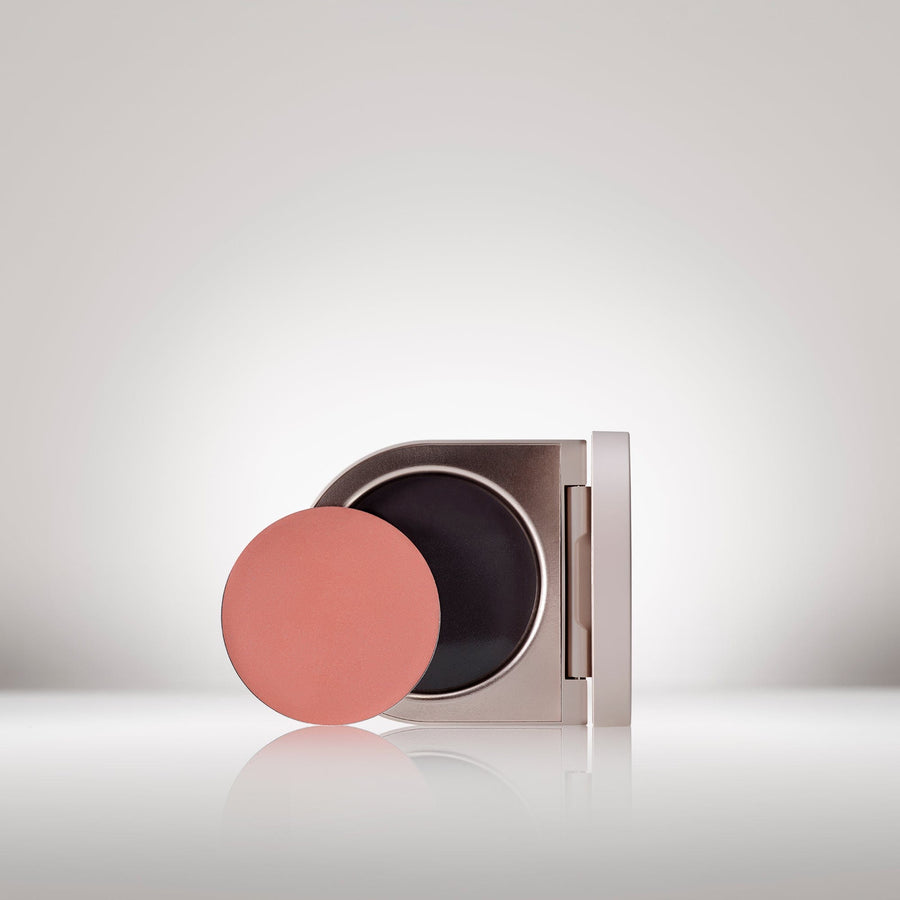
Hydrangea
Light cool pink
Wisteria
Coral pink
Anemone
Coral
Heliotrope
Apricot
Delphine
Muted peach
Daylily
Rich taupe
Foxglove
Warm terracotta
Ophelia
True pink
Camellia
Mauve
Hibiscus
Bright plum
Azalea
Berry
Dahlia
Deep berry
Hydrangea
Light cool pink
Cream Blush Refillable Cheek & Lip Color
Brightening, blurring and longwearing
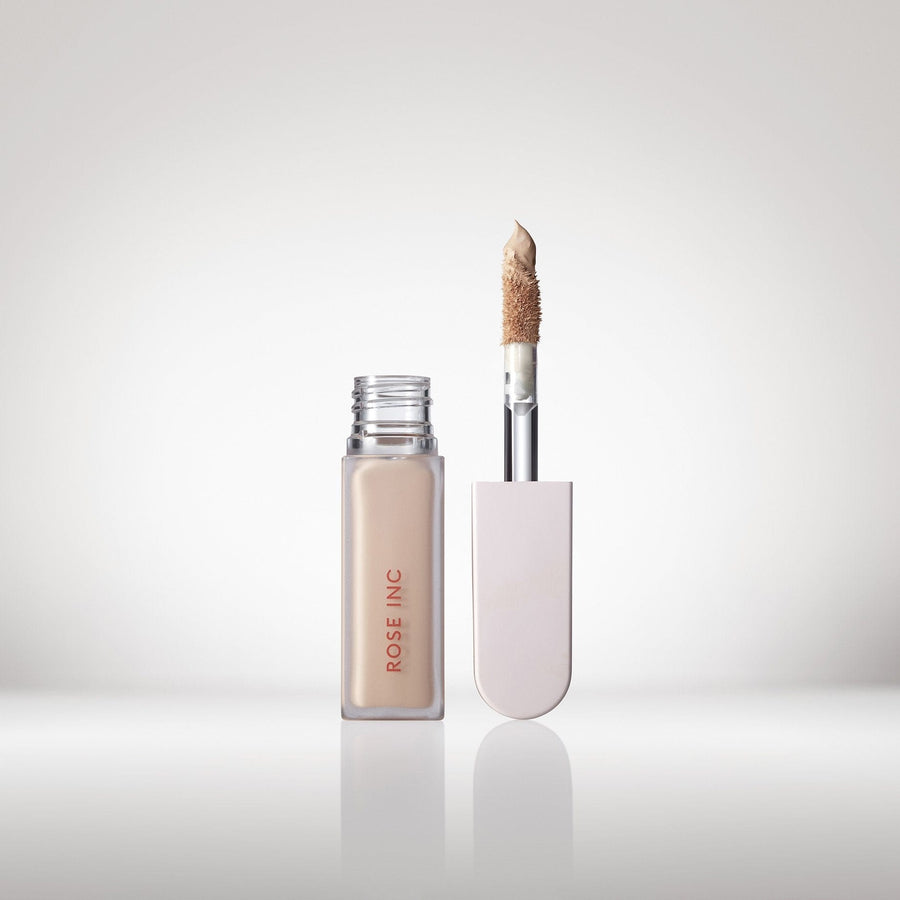
LX 200
Very Deep Skin Tone, Neutral Undertone
LX 190
Very Deep Skin Tone, Cool Red Undertone
LX 180
Deep Skin Tone, Warm Neutral Undertone
LX 170
Deep Skin Tone, Golden Undertone
LX 160
Deep Skin Tone, Red Undertone
LX 150
Deep Skin Tone, Neutral Undertone
LX 140
Medium/Deep Skin Tone, Neutral Undertone
LX 130
Medium/Deep Skin Tone, Warm Golden Undertone
LX 120
Medium/Deep Skin Tone, Pink Undertone
LX 110
Medium/Deep Skin Tone, Golden Undertone
LX 100
Medium/Deep Skin Tone, Peach Undertone
LX 090
Medium Skin Tone, Olive Undertone
LX 080
Medium Skin Tone, Pink Undertone
LX 070
Medium Skin Tone, Golden Undertone
LX 060
Medium Skin Tone, Peach Undertone
LX 050
Light/Medium Skin Tone, Neutral Undertone
LX 040
Light/Medium Skin Tone, Golden Neutral Undertone
LX 030
Light Skin Tone, Pink Undertone
LX 020
Light Skin Tone, Peach Undertone
LX 010
Fair Skin Tone, Neutral Undertone
LX 200
Very Deep Skin Tone, Neutral Undertone
Softlight Luminous Hydrating Concealer
Medium coverage, brightening, blurring


140
Very Deep Skin Tone/Red Undertone
130
Deep Skin Tone/Neutral Undertone
120
Deep Skin Tone/Red Undertone
110
Deep Skin Tone/Golden Undertone
100
Medium Deep Skin Tone/Golden Undertone
090
Medium Deep Skin Tone/Olive Undertone
080
Medium Tan Skin Tone/ Peach Undertone
070
Medium Skin Tone/Peach Undertone
060
Medium Skin Tone/ Neutral Undertone
050
Medium Skin Tone/ Pink Undertone
040
Light to Medium Skin Tone/ Neutral Undertone
030
Light Skin Tone/ Warm Golden Undertone
020
Light Skin Tone/Warm Peach Undertone
010
Fair Skin Tone/ Cool Pink Undertone
140
Very Deep Skin Tone/Red Undertone
Skin Enhance Luminous Tinted Serum
Sheer Coverage, illuminating, hydrating
Search By Category
Popular Products
Categories
-
Education
A primer on essential beauty topics, from talc contamination to biodegradability.
-
Profile
Everybody has a story about beauty. Some of the world’s most intriguing people share theirs.
-
Tutorials
Expert beauty advice to inform and inspire.
-
A primer on essential beauty topics, from talc contamination to biodegradability.
-
Everybody has a story about beauty. Some of the world’s most intriguing people share theirs.
-
Expert beauty advice to inform and inspire.

Everything You Need to Know About PCR Plastic in Beauty Product Packaging
EducationThere is a lot to love about beauty — but not when it comes to all of the waste the industry produces. More than 120 billion units of beauty product packaging are produced every year, with much of it ending up in landfills. Thankfully, more beauty brands are embracing post-consumer recycled (or post-consumer resin) plastic, also known as PCR. One of these companies is Rose Inc, which uses at least 25 percent PCR in its packaging. “This is one way we can contribute [to sustainability efforts] because we are taking plastic back and reusing it instead of it just being out there, and doing it in our own special, beautiful way, ” says Erin Ewing, associate director of packaging development for Rose Inc. Using PCR plastics is just one of the ways the beauty industry is prioritizing the environment, but it’s undoubtedly a big one. Learn more about how it works below.
What exactly is PCR plastic?
PCR is the material that is created from already-existing discarded plastics from households — think water bottles, food jars, and salad dressing bottles — through the recycling process. According to Alex Payne, a representative for TerraCycle US, plastics are collected from local curbside recycling programs or mail-in/drop-off programs, then transported to material recovery facilities (MRFs) where they’re sorted into bales based on the type of material. “The bales are then either melted or ground into small pellets that can then be remolded to produce new PCR plastic material for use in finished products,” he explains.
Clean Beauty. Science-Backed. Made for You.

How does PCR help the environment?
There is no holy grail or one answer to eco-conscious packaging, says Ewing. “When it came down to us developing the line, the biggest thing was refills and PCR.” A lot of testing was conducted, she says, to make sure that PCR was compatible with the components. Rose Inc is transparent about the amount of PCR used in its line, with information readily available through each product page on the brand’s website. (For example, the Softlight Luminous Hydrating Concealer contains 50 percent PCR in its cap, while the bottle uses 20 percent.) Information on how to recycle the products when you have empties is also available.
The difference between PCR and other eco-friendly packaging
Other sustainable packaging includes plant-based materials that are easily biodegradable and compostable. “PCR takes advantage of material already introduced into the supply chain while another form of packaging, like a compostable package, can be considered eco-friendly because it is capable of being decomposed by bacteria or other living organisms, therefore reintroducing it back into nature as a usable input,” says Payne. “Both involve material being utilized again and not ‘wasted’ after a single use.” There is also refillable packaging, which is another huge focus for Rose Inc. “We made sure that not only were we adding the PCR content to the products, but we were making refillable packaging as well, so people can reuse those items and have a keepsake for themselves,” explains Ewing. “And we're continuing to develop and innovate new things as we go down the line and launch more products.”
“PCR takes advantage of material already introduced into the supply chain..."

The difference between PCR and other eco-friendly packaging
Other sustainable packaging includes plant-based materials that are easily biodegradable and compostable. “PCR takes advantage of material already introduced into the supply chain while another form of packaging, like a compostable package, can be considered eco-friendly because it is capable of being decomposed by bacteria or other living organisms, therefore reintroducing it back into nature as a usable input,” says Payne. “Both involve material being utilized again and not ‘wasted’ after a single use.” There is also refillable packaging, which is another huge focus for Rose Inc. “We made sure that not only were we adding the PCR content to the products, but we were making refillable packaging as well, so people can reuse those items and have a keepsake for themselves,” explains Ewing. “And we're continuing to develop and innovate new things as we go down the line and launch more products.”
Clean Beauty. Science-Backed. Made for You.
PCR vs. regular plastic
In terms of appearance, there is a difference in color between recycled and new plastic. Virgin plastic can be white, or almost clear, while PCR is gray. And the more PCR the material contains, the grayer and darker it is. “We weren’t going to fight for the brightest white, because with PCR, that's not gonna happen. So we picked this beautiful, crystal-gray color that allows you to not notice that there's PCR in it,” says Ewing. “We were able to camouflage it, but still make it look beautiful.”
Clean Beauty. Science-Backed. Made for You.
“The use of post-consumer recycled material helps to eliminate the need to extract more fossil fuels from the Earth that are utilized to shape new ‘virgin’ plastics.”

Besotted
Beige pink
Hypnotic
Sandy beige
Poetic
Muted coral
Enigmatic
Terracotta pink
Persuasive
Warm rose
Graceful
Golden brown
Poised
Deep brick
Demure
Cool blush
Intuitive
Deep mauve
Eloquent
Soft plum
Besotted
Beige pink
Satin Lip Color Rich Refillable Lipstick
Line-blurring, plumping and softening


Hydrangea
Light cool pink
Wisteria
Coral pink
Anemone
Coral
Heliotrope
Apricot
Delphine
Muted peach
Daylily
Rich taupe
Foxglove
Warm terracotta
Ophelia
True pink
Camellia
Mauve
Hibiscus
Bright plum
Azalea
Berry
Dahlia
Deep berry
Hydrangea
Light cool pink
Cream Blush Refillable Cheek & Lip Color
Brightening, blurring and longwearing

LX 200
Very Deep Skin Tone, Neutral Undertone
LX 190
Very Deep Skin Tone, Cool Red Undertone
LX 180
Deep Skin Tone, Warm Neutral Undertone
LX 170
Deep Skin Tone, Golden Undertone
LX 160
Deep Skin Tone, Red Undertone
LX 150
Deep Skin Tone, Neutral Undertone
LX 140
Medium/Deep Skin Tone, Neutral Undertone
LX 130
Medium/Deep Skin Tone, Warm Golden Undertone
LX 120
Medium/Deep Skin Tone, Pink Undertone
LX 110
Medium/Deep Skin Tone, Golden Undertone
LX 100
Medium/Deep Skin Tone, Peach Undertone
LX 090
Medium Skin Tone, Olive Undertone
LX 080
Medium Skin Tone, Pink Undertone
LX 070
Medium Skin Tone, Golden Undertone
LX 060
Medium Skin Tone, Peach Undertone
LX 050
Light/Medium Skin Tone, Neutral Undertone
LX 040
Light/Medium Skin Tone, Golden Neutral Undertone
LX 030
Light Skin Tone, Pink Undertone
LX 020
Light Skin Tone, Peach Undertone
LX 010
Fair Skin Tone, Neutral Undertone
LX 200
Very Deep Skin Tone, Neutral Undertone
Softlight Luminous Hydrating Concealer
Medium coverage, brightening, blurring


140
Very Deep Skin Tone/Red Undertone
130
Deep Skin Tone/Neutral Undertone
120
Deep Skin Tone/Red Undertone
110
Deep Skin Tone/Golden Undertone
100
Medium Deep Skin Tone/Golden Undertone
090
Medium Deep Skin Tone/Olive Undertone
080
Medium Tan Skin Tone/ Peach Undertone
070
Medium Skin Tone/Peach Undertone
060
Medium Skin Tone/ Neutral Undertone
050
Medium Skin Tone/ Pink Undertone
040
Light to Medium Skin Tone/ Neutral Undertone
030
Light Skin Tone/ Warm Golden Undertone
020
Light Skin Tone/Warm Peach Undertone
010
Fair Skin Tone/ Cool Pink Undertone
140
Very Deep Skin Tone/Red Undertone
Skin Enhance Luminous Tinted Serum
Sheer Coverage, illuminating, hydrating







